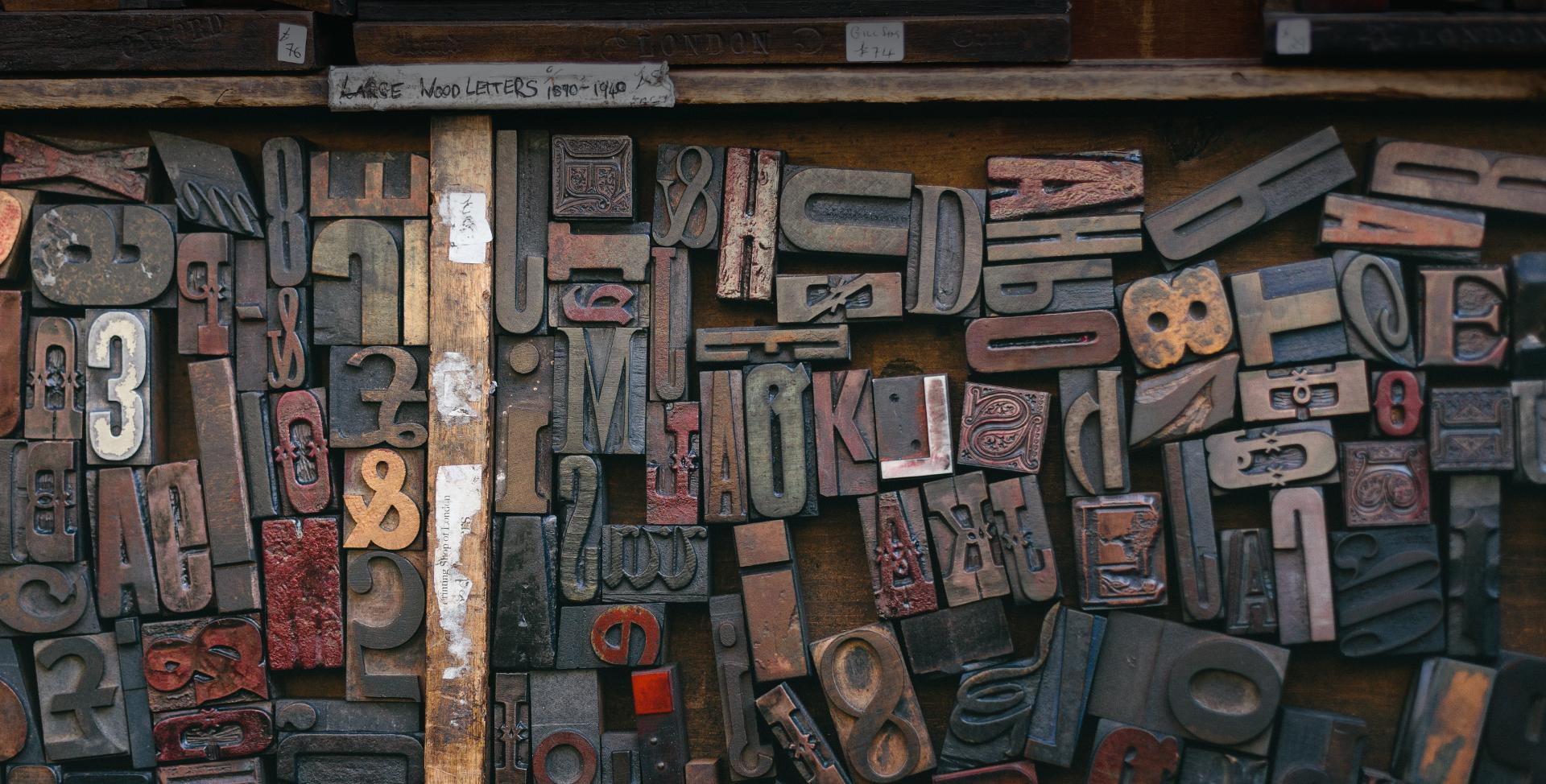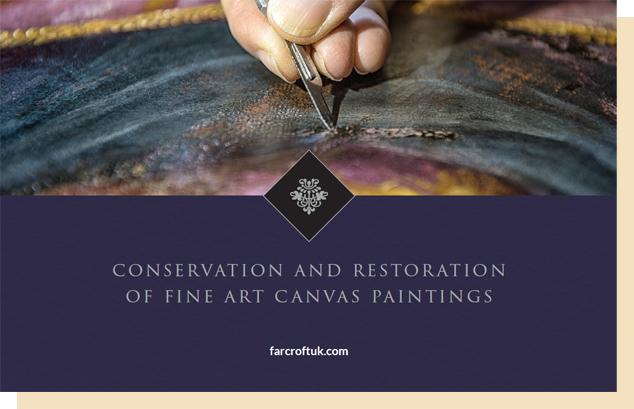
Antique Bronze Sculpture Conservation
The conservation of antique bronze statues and other small collectables depends to an extent on their greatest environmental exposures. Larger pieces that were designed for exterior use, such as pieces of fountains and garden statuary, and large bronze artwork designed for outdoor display, like Henry Moore’s monumental works, need special protection against the changing environmental exposures brought about by air pollution. But many of the smaller antique bronzes in private collections and on the art market have been exposed to seawater for an extended period of time.
Rescue and recovery of artefacts from doomed ships in the Mediterranean and along the coast of Africa has given us many of the most significant archaeological finds in recent years. Metal objects fare best when exposed to seawater, compared to paper, textiles, and wood, but the minerals in seawater do produce some corrosion and deterioration of the metal.
Small pieces of statuary and other art objects, as well as objects for daily use, such as bowls, bottles, and utensils, have been studied in the university centres that focus on conservation and restoration, most notably in Greece and Italy. For marine artefacts, the research has focused on how to prevent the chloride in seawater to continue to form corrosive salts on the surface of a bronze object. The chloride minerals on the surface of bronze are particularly destructive to the metal.
Bronze is an alloy of around 90% copper and 10% tin. The tin lowers the melting temperature of the metal, so more detailed forming can be done. Original restoration work with marine bronze artefacts concentrated on forming an additional tin coating on the surface through electrolysis. Newer research has found an alternative corrosion inhibitor, L-cysteine, that can provide long term protection against the destructive effects of the chloride salts on the surface of bronze artefacts.
Many bronze artworks form a patina over time, a dark bluish-green, and this patina layer protects the metal from further oxidation and exposure to the elements. For small works that are always being kept indoors, the original bronze surface, a lovely dark coppery brown, can be protected with various polishing waxes that keep the original metal surface glowing and protect the metal from exposure to humidity and airborne contaminants. Even bronze objects that have always been kept inside, however, should be carefully assessed for tiny areas of corrosion that can cause destruction of the metal, especially in heavily detailed areas. Regular inspection, cleaning, and re-waxing by conservation specialists is needed to protect the surface.
We would be pleased to assess and recommend a conservation program for your bronze. Please contact us for more information.
Find out more about our antique restoration.


 For additional information about fine art conservation and restoration read our ebook where we look into further science and art of conserving the artwork of history.
For additional information about fine art conservation and restoration read our ebook where we look into further science and art of conserving the artwork of history.
